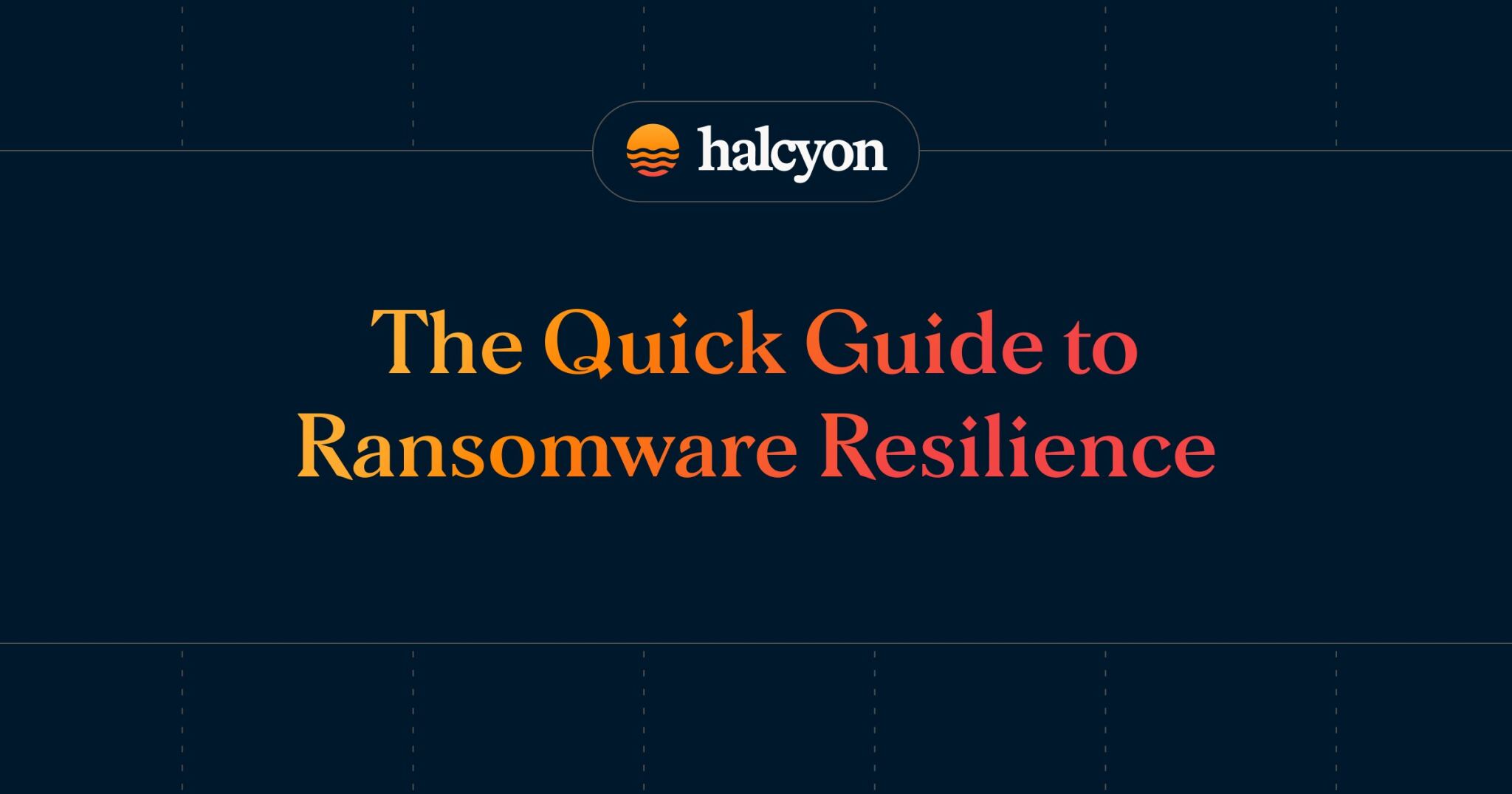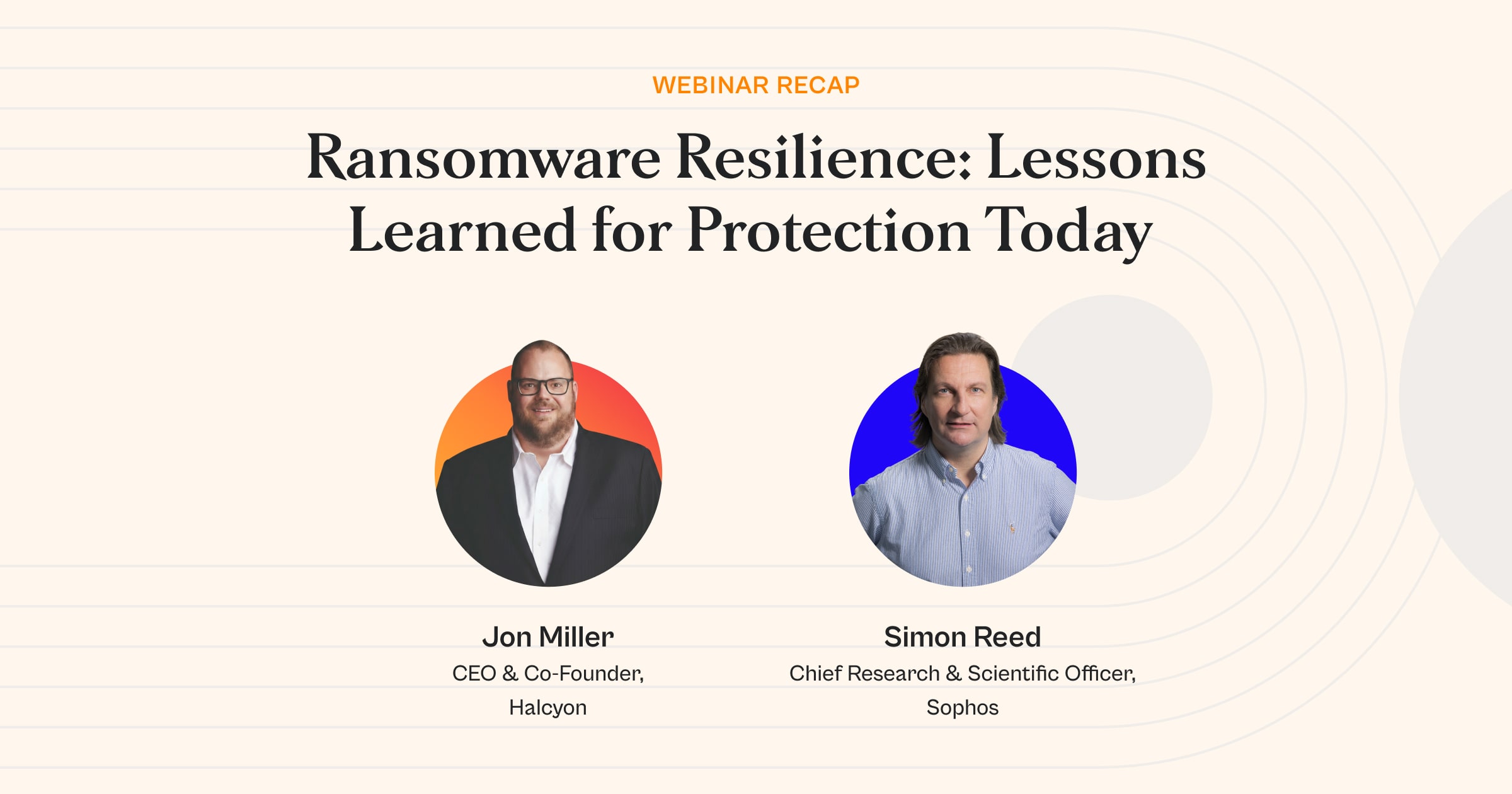Whitepaper: What CEOs Should Know about Ransomware


Ransomware is no longer considered a boutique threat, but rather one of the most significant threats to any organization. The vast majority (75%) of organizations reported being targeted by at least one ransomware attack in 2023, with 26% reporting they were targeted with ransomware four or more times.
Current endpoint protection solutions available on the market, while robust and effective for many threats, do not fully protect against ransomware attacks because they were designed to find and block commodity malware.
On average, a ransomware attack took 237 days to detect and 89 days to fully remediate (PDF). The annual impact from ransomware attacks in the US alone is estimated to be more than $20 billion dollars. Remediation costs following a ransomware attack average more than $4M per incident per each targeted organization.
This figure does not include additional incident response costs, tangential costs, damage to the brand, lost revenue, lost production from downed systems, and other collateral damage.
Moreover, paying the ransom is not guaranteed to result in data recovery. In fact, experts advise against paying ransoms, as it incentivizes the criminal enterprise and does not guarantee the safe return of your data.
By fostering a culture of security, CEOs can create an environment where employees understand the importance of protecting the organization's digital assets and are actively engaged in preventing ransomware attacks. Here are several items a CEO should take to address company culture regarding ransomware threats:
- Leadership commitment: The CEO should demonstrate a strong commitment to cybersecurity by actively engaging in the development and implementation of security strategies, allocating appropriate resources, and emphasizing its importance during company-wide communications. Support for a security first culture and program is key to establishing a direction within the organization. This top-down approach will signal to employees that cybersecurity is a priority for the organization.
- Education and training: Implement regular security training programs for all employees, regardless of their role in the company. This training should include information on ransomware threats, how they can infiltrate an organization, and the potential consequences of an attack. Additionally, provide employees with guidelines and best practices for identifying and avoiding phishing emails, safely handling sensitive information, and reporting any suspicious activity.
- Open communication: Encourage open communication between employees and the security team. Establish clear channels for employees to report potential security concerns and ensure that they feel comfortable doing so without fear of negative consequences. This open dialogue can help identify and address vulnerabilities before they are exploited by cybercriminals.
- Incentivizing secure behavior: Recognize and reward employees who exhibit secure behavior, contribute to the organization's cybersecurity efforts, or report potential security issues. This can create a positive reinforcement loop that encourages others to adopt secure practices.
- Regular evaluation and improvement: Continuously assess the effectiveness of your organization's cybersecurity culture and adjust your strategies as needed. Solicit feedback from employees on the training programs, communication channels, and security policies to identify areas for improvement.
- Collaboration across departments: Foster a sense of shared responsibility for cybersecurity by promoting collaboration between IT, security, and other departments. By integrating security into the daily operations of all teams, employees will better understand the role they play in safeguarding the organization from ransomware threats.
- Incident response preparedness: Ensure that employees are aware of the organization's incident response plan and understand their roles in the event of a ransomware attack. Regularly test and update the plan to maintain its effectiveness and ensure a coordinated response to any potential threats.
In this reference guide, we' explore what each C-level executive should know about ransomware in order to ensure a strong security posture and protect their organization:
DOWNLOAD THE WHITEPAPER HERE
As an executive, it is crucial to understand the potential impact of disruptive cyber-attacks on your business and take proactive steps to mitigate them.
Halcyon.ai is the leading anti-ransomware company. Global 2000 companies rely on the Halcyon platform defeat ransomware with minimal business disruption through built-in bypass and evasion protection, key material capture, automated decryption, and data exfiltration and extortion prevention – talk to a Halcyon expert today to find out more. Halcyon also publishes a quarterly RaaS (Ransomware as a Service) and extortion group reference guide, Power Rankings: Ransomware Malicious Quartile, and check out the Recent Ransomware Attacks resource site.
Related Posts
See Halcyon in action
Interested in getting a demo?
Fill out the form to meet with a Halcyon Anti-Ransomware Expert!





